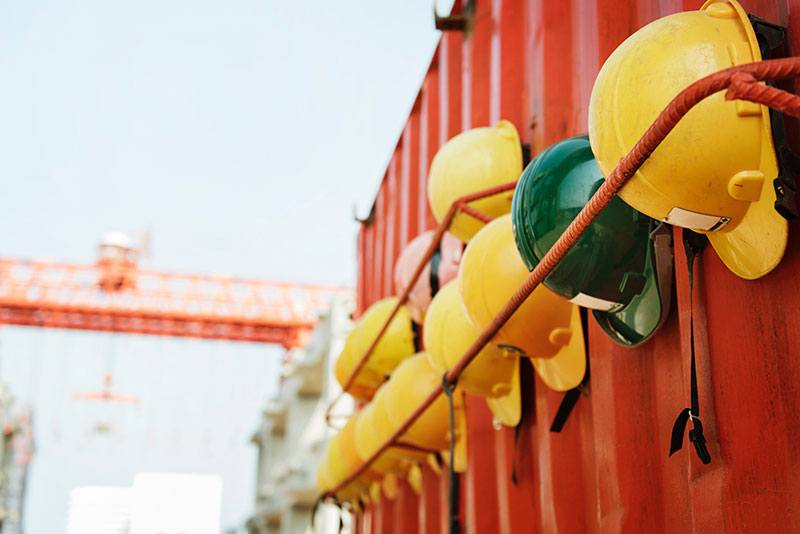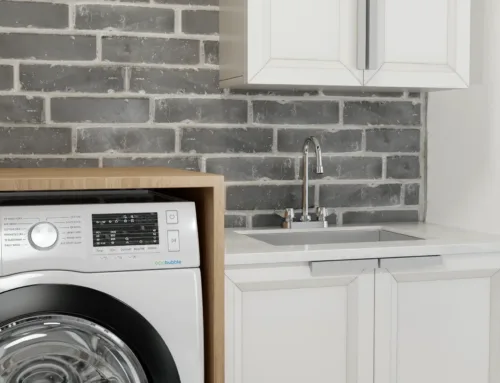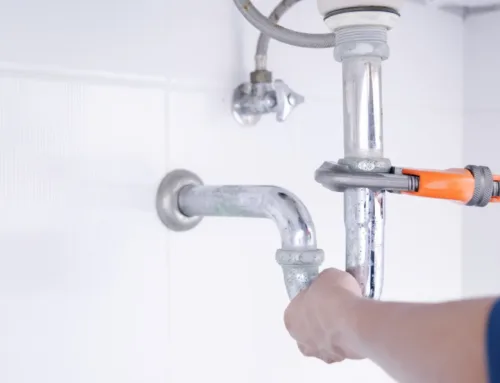
Ongoing workforce shortages are showing no signs of slowing down — especially when it comes to commercial construction. Over the next three years, these skilled labor shortages are expected to have a significant impact on commercial construction businesses.
According to a report by the U.S. Chamber of Commerce Commercial Construction, 88% of contractors will likely feel a moderate impact due to workplace shortages over the next three years. This index also revealed that this lack of skilled workers was the number one factor impacting an increase in jobsite safety risks.
Most commercial construction businesses are actively working to improve overall safety at jobsites. Here are a few ways you can help improve construction site safety:
1) Set safety expectations (and lead by example)
Go a step beyond simply meeting the standard OSHA 29 CFR 1926 safety requirements by setting a good example. Outline clear, specific expectations for safety, and make sure to set a precedence for these expectations by walking the talk every day. Consider making small, meaningful changes, like starting each work day with a short, informal safety talk as a way to set your expectations, or by incorporating more safety language into policies and workplace signage so it becomes ingrained into your employee’s routine.
2) Open communication is key
It should never be a mystery if a workplace injury has occurred — but if your employees are worried about potential retaliation or repercussions, safety concerns are more likely to be swept under the rug. Always encourage employees to speak up when they notice anything going wrong to avoid future accidents and injuries, and empower them to do so by making it clear they can come to your with questions or concerns without fear of negative repercussions. In turn, it’s important that you as a manager feel just as comfortable giving your employees constructive criticism when an improvement in their performance could be made to help reduce the risk of injury.
3) Don’t shy away from new technology
Taking advantage of industry technology like drones is an easy, safe way to oversee project sites and conduct safety audits. You can also implement wearable technology, such as smartwatches, to help keep track of your employees and worksites. When a worker slips or falls, smartwatches can send out an automated alert to management and medical professionals, making the post-accident response time faster and keeping your employees safer.
4) Take care of your people
The overall health and wellbeing of your employees is a major factor in their jobsite performance and worksite safety. If your workers aren’t getting enough sleep, staying hydrated, or eating well, you could be opening yourself up to potential safety risks. Make sure your employees have access to health benefits, are always able to take time off to rest and attend doctor’s appointments, and provide educational opportunities to inform them about building healthy habits and making good nutritional choices. Above all else, make sure your employees don’t feel overworked or burnt out while on the job.








